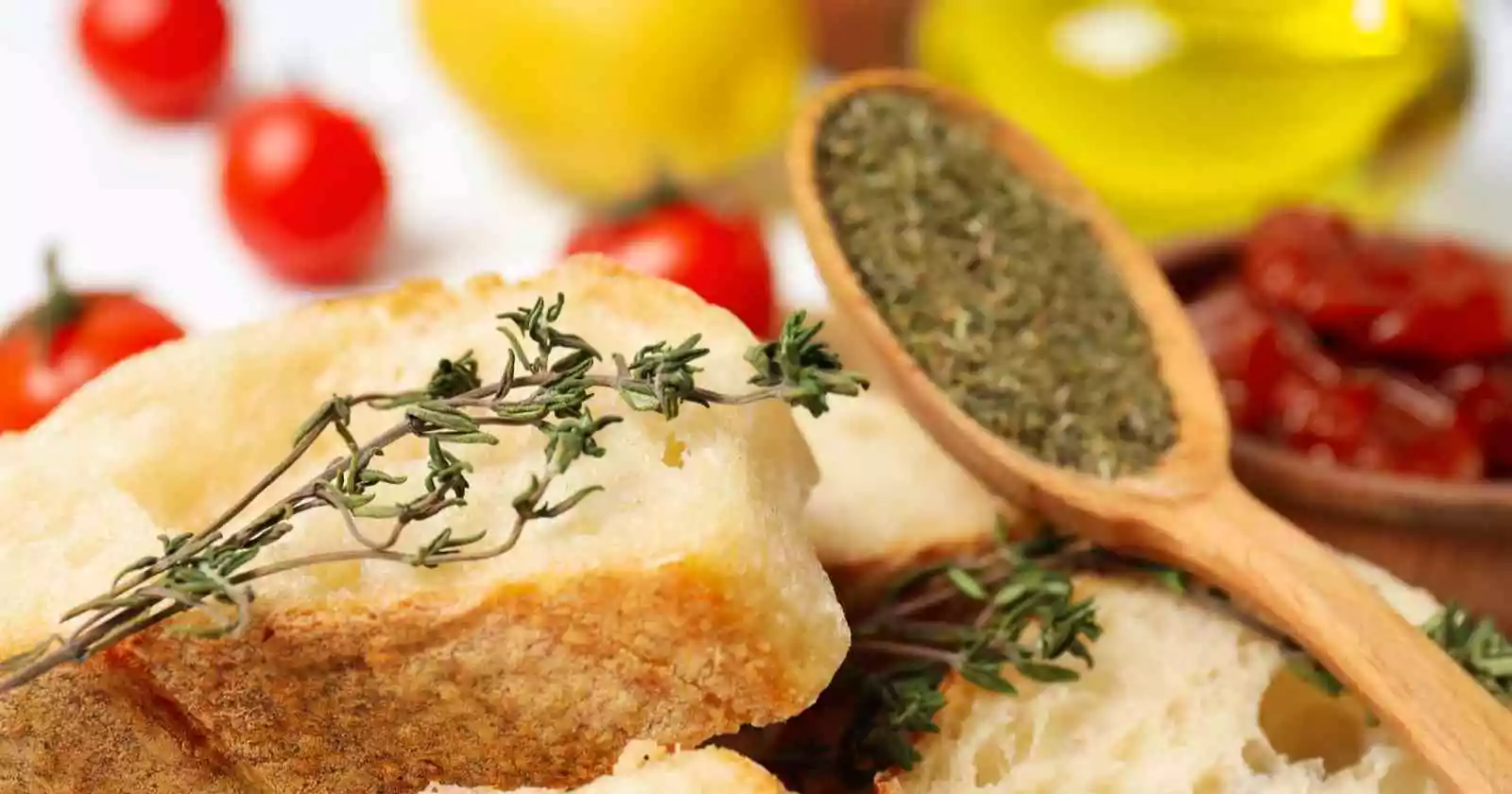
Winter blues got you stuck indoors? Well, why not embark on a global culinary adventure right from your kitchen? Picture this: steaming soups, hearty veggies, and spices that’ll make your taste buds dance.
We’re talking about dishes from all over the world, like a foodie’s world tour without leaving your cozy spot.
So, ditch the snowman-making plans, put on your chef hat, and let’s turn your kitchen into a flavor-packed journey.
Contents
7 Best Cuisines to Try in the Winter
- Nordic
- Southern American
- Vietnamese
- Ukranian
- Korean
1. Nordic
“Nordic” refers to the region in Northern Europe that includes countries like Denmark, Finland, Iceland, Norway, and Sweden. These nations share common historical, cultural, and linguistic ties.
The term is often associated with qualities such as social welfare, equality, and a strong emphasis on nature. Nordic countries are known for their high standard of living, efficient social systems, and cold climates.
People from this region are called Nordics. The Nordic model emphasizes a balance between capitalism and social welfare, providing citizens with robust healthcare, education, and social support.
Additionally, Nordic design and lifestyle trends, like hygge from Denmark, have gained international popularity for their simplicity and coziness.
Overall, “Nordic” encompasses a unique blend of cultural unity, social values, and a distinctive way of life in Northern Europe.
2. Southern American
Southern American cuisine is a captivating tapestry of flavors that tells the story of a region steeped in history and cultural diversity. From the soulful embrace of soul food, featuring crispy fried chicken and comforting collard greens, to the smoky allure of barbecue, where succulent pulled pork and slow-cooked ribs reign supreme, each dish unfolds like a chapter in the South’s culinary narrative.
Grits and biscuits, humble yet beloved, add a touch of warmth to breakfast tables, while the lively Cajun and Creole influences from Louisiana infuse dishes like gumbo and jambalaya with a spicy zest.
The coastal bounty contributes to seafood delights, and no Southern feast is complete without the sweet, soothing embrace of iced sweet tea. Southern American cuisine is more than just a collection of dishes; it’s a flavorful journey through time, tradition, and the vibrant spirit of the South.l
3. Vietnamese
Vietnamese cuisine is a sensory delight, weaving together Southeast Asian herbs and spices in a symphony of flavors. From the iconic pho to vibrant street food like banh mi and banh xeo, each dish reflects a balance of sweet, salty, sour, and umami tastes.
Coastal regions boast seafood treasures like cha ca la vong, while inland specialties include clay pot-cooked ca kho to. Herbs like cilantro and mint add freshness, elevating the visual and gustatory experience.
Beyond the plate, Vietnamese dining embodies a communal spirit, fostering shared meals and social gatherings that underline the deep connection between tradition and innovation in this rich culinary tapestry.
4. Ukranian
Ukrainian cuisine is a hearty and flavorful journey reflecting the country’s agricultural abundance and historical influences. Pierogi, iconic dumplings, come filled with potatoes, cheese, or meat, showcasing the artistry of Ukrainian home cooking.
Borscht, a vibrant beet soup, is a national staple, enjoyed for its robust taste and versatility. Cabbage rolls, known as holubtsi, are a comforting blend of ground meat and rice enveloped in cabbage leaves.
Salo, cured pork fat, is a traditional delicacy often paired with garlic and bread. The cuisine embraces diverse grains like buckwheat, featured in dishes such as kasha. Overall, Ukrainian food marries simplicity with rich flavors, offering a delightful exploration of Eastern European culinary heritage.
5. Korean
Korean cuisine is a captivating fusion of bold flavors, vibrant colors, and diverse textures. At the heart of Korean dining is kimchi, fermented vegetables, often cabbage or radishes, seasoned with chili, garlic, and ginger.
Barbecue takes center stage with dishes like bulgogi, marinated grilled beef, and galbi, savory short ribs. Bibimbap, a rice bowl adorned with an array of vegetables, meat, and a spicy gochujang sauce, showcases the balance of flavors and textures.
Korean fried chicken, crispy and glazed, has gained global acclaim. Noodles, such as jjajangmyeon and jjamppong, offer savory delights. The communal aspect of dining is emphasized with banchan, an array of side dishes. Korean food is a symphony of tastes, reflecting a rich culinary heritage.
6. German
German cuisine is a hearty reflection of regional diversity, blending traditional flavors with culinary innovation. Bratwurst and schnitzel stand out as iconic dishes, featuring savory sausages and breaded, pan-fried meats.
Sauerkraut, a fermented cabbage dish, and pretzels are popular accompaniments. Potatoes take various forms, from comforting mashed potatoes to crispy potato pancakes (kartoffelpuffer).
Mustard and horseradish add zing to many dishes. The country’s love for bread is evident in a variety of dark and dense bread options. German desserts, like Black Forest cake and apple strudel, showcase a sweet conclusion to a robust meal. Overall, German cuisine embraces hearty flavors and time-honored culinary traditions.


Leave a Reply